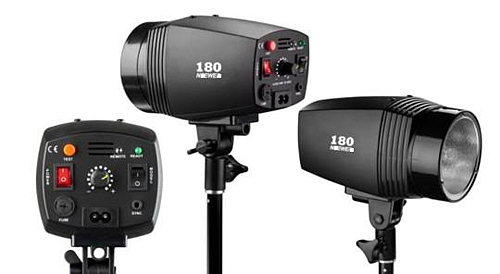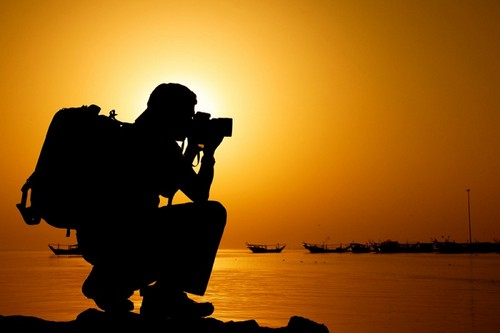
At however great of an angle a photo is taken by a photographer, however sharp the lens, or however large the pixels of the camera sensors are, a photo shoot will only be success if the lighting is perfect. And of course photo studio lights have a pivotal role in the process. The photographer who often work in a studio usually devote most of their savings investing on studio lights and less on cameras and lenses. Several photographers, however, does the opposite. The difficult part would be to balance your resource and your budget. Unfortunately, we often get caught in the sentiment that “all lightings are the same, it depends on the photographer.” You’ll end up choosing the wrong one for you and will be left disappointed.
The purpose of this post is to help photographers, especially for those first-timers in purchasing studio lights. There are several things that can be made as a guide in choosing the right set for you:
1.Reliability and consistency.
It doesn’t matter how cheap the lighting you’ve purchased is; if you you’ve bought a set of lights that you can’t rely on, then you’ve just made things difficult for yourself in your career as a photographer.
This also applies for inconsistencies. If you don’t have a consistent lighting output, you won’t achieve a good photograph. Reliability can also determine how long your lighting set lasts. There are lighting sets that can last up to 5 years with a consistent output throughout, but there are those that only take mere months for it to render itself useless. So one must be careful. Don’t be drawn by cheap prices, only to find yourself unsatisfied with your results. Look, ask, and search around for reviews of those who’ve used the same lighting set before you buy.
2.Features
The following features are related to your needs and comforts working as a photographer:
– Power adjustment: A number of modern-day lighting usually have this feature. This feature aids you in working with a variation of power settings.
– Accessories: Accessories will greatly help your work in achieving different lighting outputs according to your photography needs. The more accessories a lighting set has, the larger the opportunity to let your creativity soar in setting up your lighting.
– Flash Duration: The duration which a flash stays on. Usually the duration is very brief, mere milliseconds. A good flash is a flash that illuminates with a high power in a time as brief as possible. The flash duration is very useful to help freeze the object within the frame, so photographers can get results with maximal sharpness.
Chris Burfoot explains flash duration and camera sync speeds on YouTube:
– Recycling/ Recharging Time: It’s the amount of time it takes for a lamp to be ready for another shot. The faster the better, especially when you often photograph moving objects like in fashion photography or photographing babies.
-Controls: The ease to adjust the lighting is probably one of those important features for a better work flow. Modern-day lighting uses a digital system to amp up its accuracy.
3.Efficiency
Customize your lighting set to suit your photography needs. Also don’t forget to keep in mind your long-term plans, so you’ll be able to save up to buy the lighting set and accessories of the highest quality.
4.Budget
After considering the above points, then the next important thing to think about is the budget. Often this is an issue with photographers that are starting up their career in the world of photography. Try to not put the budgetary aspects of things as the first priority when buying a lighting set. Because if you make budgets come first, quality will come second. You’ll end up sacrificing the quality of your photographs because you’ve purchased a lighting set of low quality.
Even without naming certain brands, you have an idea of what you want in mind. The only thing to consider is your consistency as a quality photographer that puts quality first in every job. I hope this helps!
















